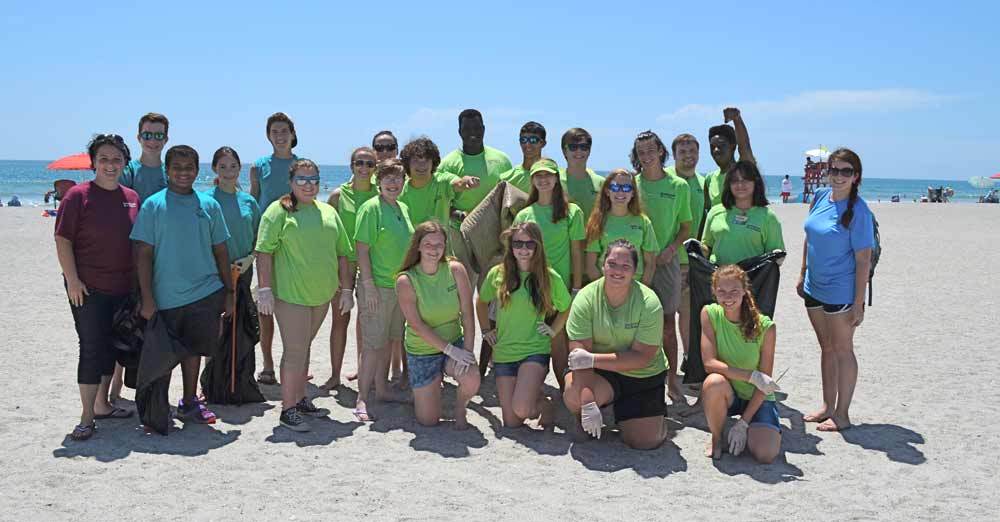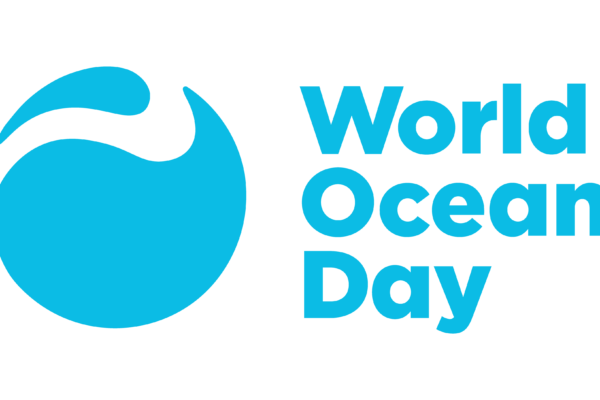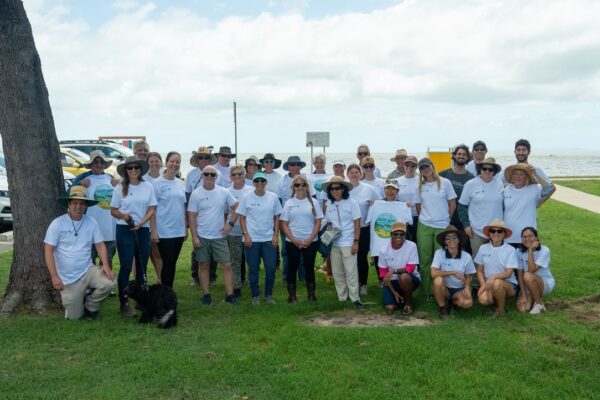This guest post, by Director of Education Elizabeth Clemens and Coordinator of ZooTeens and Scout Programs Syndi Castelluccio, from Riverbanks Zoo and Garden is the second in a 3-part series on their Innovative Solutions Grants+ project, which investigates how engaging with teens and receiving incentives can impact zoo guest behavior.
The Adventure Continues
As reported in our initial blog post, the Riverbanks Zoo and Garden’s ZooTeen volunteers are on an exciting journey. They’re busy taking direct action and engaging our visitors in efforts to keep trash out of our ocean through an innovative initiative they’re calling Teen S.O.S. (Stewards of our Seas). You may have been wondering how far they have come in their efforts and, if so, here’s your answer!
Getting Their Hands Dirty!
Before giving them all the facts and figures about marine debris, we decided to have our ZooTeens roll up their sleeves and dig into the issue, litter-ally. They marked local storm drains, picked up trash along our very own river banks, and, after some sorting and scrubbing, even used some of it to create the “trash to treasure” artwork as part of the “inspiration stations” they’ve been developing.
This “learning by doing” experience had a real impact on the ZooTeens. For starters, they were struck by the amount of plastic that they found during the waterway cleanups, and that, in turn, increased their interest in promoting reusable shopping bags as a solution step. In addition, several of our teens that have been with the program for 2-4 years commented that the zoo seems so much more productive now.
- “When I look at what we used to do in our monthly meeting and what we do now, it’s amazing how much we as teenagers can accomplish in our mass numbers” - Alyssa
- “The time goes so quickly, if we met more often we could get so much more done.” - Dillon
This last comment was seconded by our Teen Volunteer of the Year, Samantha, who dedicated more than 300 hours this past year to the teen program and helping to spread our conservation messaging to our guests. We have seen a tremendous difference in the teens attitudes and dedication to the program since we changed our approach to getting them involved. They are more active, more engaged, and more confident – they are making a difference.
Experiments in Outreach
Staff is now working with the ZooTeens to test how effective they are in their efforts to encourage visitors to take action. To do this we decided to compare and contrast the experience of two groups, rather than three as we had initially proposed in our first blog post.
1. A “Control Group” that received the bag off site with no explanation other than, “please take the bag, use it and complete a follow-up survey”
2. An “Experimental Group” of zoo guests who while on site engaged with the ZooTeens and learned about the problem of marine debris before receiving the bag and agreeing to use it and take the follow up survey
We had initially proposed comparing the above with a third group, guests who visited the zoo but did not engage with the ZooTeens, but decided not to include this group because it would have complicated the experiment, and we wanted to focus in on the influence of interactions with the teens at “Inspiration Stations.”
With the “Experimental Group,” the ZooTeens also were interested in trying a couple of different ways to connect with our guests. While we wanted to encourage the ZooTeens’ creativity, we also made sure that the defining characteristics of our Experimental Group remained constant - all members of this group visited the zoo, interacted with a ZooTeen, were told about the problem with plastics, and then received a reusable bag.
Inspiration Stations – As noted above, the ZooTeens set up an activity station or touch cart with biofacts in our Aquarium Reptile Complex, either by our sea turtle exhibit or at the exit away from any animal exhibit. The activities included:
- “It’s Not Easy Being a Green” – this activity allows a guest to do an endoscopy on a “stuffed” green sea turtle to determine what had made the turtle sick
- “Jelly Fishin’”– this fishing activity allowed guest to see how sea turtles could confuse plastic for food
- “All the Way to the Ocean” – demonstrated how debris from land makes it into our waterway
- “Washed Away” – shared the problems with microbeads in our common household products that we use daily
The teens shared with us that they found it challenging to draw in guests to talk; however, when they had an activity, the guests flocked to the area. As one our teens, Abby, put it, “Having so many guests come to our activity allowed us to share the big issue at hand.”
Information Booth – We also tried a stand-alone station near our guest relations center with our eye catching “bag monster ball” made of 500 bags tied together. We did give out a few of our reusable bags at this location, but it without the active engagement on the issues of plastics pollution, it didn’t seem to have the draw of the activities mentioned above.
To date we have distributed 1500 reusable bags from a total of 2000, with 600 going to our “Control Group” and 900 going to our “Experimental Group,” and have begun requesting and collecting survey responses. Want our results? Stay tuned!
-- Guest post by Elizabeth Clemens and Syndi Castelluccio




